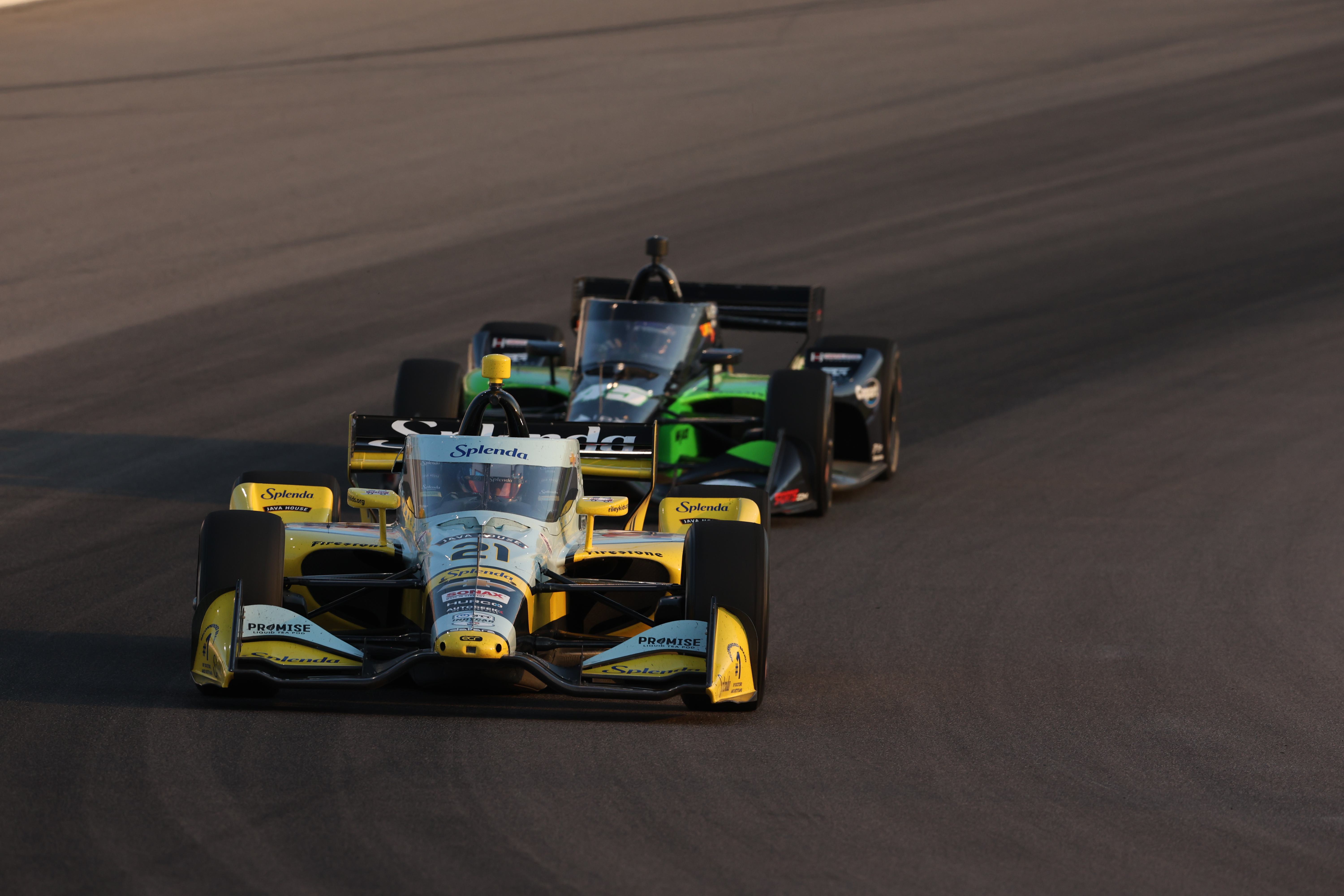Formula One: Where Have All the Women Gone?
- Lucy Snape

- Apr 27, 2023
- 3 min read
Written by Lucy Snape, Edited by Ishani Aziz

It has been nearly 50 years since we have seen a woman start an F1 race. Lella Lombardi marked this last time, ending her F1 career in 1976. If this was possible 47 years ago, why haven’t we seen another female driver in the sport since then? What is happening to ensure women get better opportunities? And why then have more women not appeared in F1?
Despite the progress we have seen, misogyny remains a core factor behind the reason female drivers still struggle to progress in their motorsport careers. The male-domination of the sport is inevitable, but the lack of progression is compounded by the sexism that surrounds the environment in which female drivers operate. .
We don’t need to look very far for evidence of this. In a conversation with talkSPORT, Red Bull team principal Christian Horner offhandedly commented that:
“‘F1 is bringing in a young generation. It’s bringing in a lot of young girls because of all these great-looking young drivers”.
What should have been a commentary on the youth of the new viewers seemed suddenly to imply to the wider audience that female motorsport fans were interested in the sport purely driven by how the drivers look. The comment was not only nonsensical (given that their faces are barely visible during the races), but damaging to both the reputation of female fans, and women in motorsport in general, regardless of its intention. This presumption that women are only interested in motorsport because they are attracted to the male drivers can indirectly harm female racers, as this reputation becomes attached to them, and potentially repels sponsors that fund their careers.
This leads us to funding. Another crucial player in aiding drivers to gain a seat in motorsport, and again a component that unfortunately works in favour of men. A sponsor will choose drivers that have connections, drivers that are easy to advertise, and easy to sell. The motorsport fanbase, despite its growing female population, remains largely male, a demographic that sponsors will find more difficult to sell a female driver to. As a result, women are not gaining sponsorship deals, prohibiting them from gaining entry into the higher levels of motorsport.
Despite the general issues that impact female involvement in motorsport; misogyny, and funding. It appears that in all other branches but F1, women are growing in presence. This is in large part thanks to the W-Series, launched in 2019. The all-female, free-to-enter racing series attracted a large female viewership, but none of the drivers have yet progressed beyond this series to race in either F2, F3, or F1 since its termination. While F1 outfit driver academies have accepted multiple drivers from the series, namely: Jamie Chadwick at Williams, Jessica Hawkins at Aston Martin, and Abbi Pulling at Alpine, the progress beyond this was limited.
After the termination of the W-Series, F1 announced the launch of its own, all-female driver category; the F1 academy in 2022. Just like W-Series, all the drivers will compete in the same F4 chassis, and it is set to debut in 2023. Fans have great hope that this might help boost female entry into F3 and perhaps help them to have F2 and F1 opportunities in the future. The belief in the F1 academy is mixed. In a recent survey, 41.11% of people said that they think the academy will work, 18.89% said it will not, 31.11% said they were unsure and 8.89% replied “Other”, with one comment stating that:
“W-Series is meant to be a feeder series and we’ve had that since 2019... without a single driver promoted”.
In an interview with the account holder of the Instagram: @formula_world_, Alvaro, he explains that previously, female involvement in F1 was predominantly: “As a pretty face to decorate the paddock”. He does believe that:
“The W-Series and more inclusive categories like Extreme E or FRECA have helped get more and more girls interested in motorsport”, and that visibility of female drivers may help stimulate interest in female racers. When asked whether he thinks we will see a female driver in F1, Alvaro believed this won’t happen before 2030.
It seems that when it comes to female involvement in F1 we should expect slower growth, despite the increasing progress for women in other motorsport categories. The push towards greater equality in both behaviour and funding in the motorsport world needs to continue regardless.








Comments